Are you seeking natural ways to alleviate headache pain? What Foods Cure Headaches? FOODS.EDU.VN explores how specific dietary choices can significantly impact the frequency and severity of headaches, offering a practical approach to headache management through nutrition. Discover delicious foods that act as natural remedies for headache relief, backed by expert advice and nutritional science. We will cover various dietary adjustments and culinary options to reduce the frequency and intensity of headaches.
1. What Exactly Causes Headaches? Unveiling the Triggers
Headaches are classified into primary and secondary types. Primary headaches, like migraines and tension headaches, aren’t caused by an underlying condition. Secondary headaches are symptoms of other issues like sinus infections, dehydration, or medication side effects. It’s interesting to note that dietary choices can greatly influence both types of headaches. Identifying your triggers is an essential step toward managing and reducing the occurrence of headaches.
Different headache types include:
- Migraine: Often accompanied by throbbing pain, nausea, and sensitivity to light and sound.
- Tension Headache: Usually presents as a dull, aching pain across the head.
- Cluster Headache: Characterized by severe, stabbing pain, typically around one eye.
- Sinus Headache: Occurs due to sinus congestion and inflammation.
- Caffeine Withdrawal Headache: Happens when caffeine consumption is suddenly stopped.
Recognizing which type of headache you experience is the first step towards finding the right dietary and lifestyle adjustments.
2. Who is Most Susceptible to Headaches? Understanding the Demographics
Headaches and migraines can affect anyone, but they are more prevalent in certain groups. Studies show that young adults between 18 and 44 are particularly susceptible. Women are also more likely to experience migraines than men, possibly due to hormonal factors. A family history of migraines increases the risk.
According to the American Migraine Foundation, over 39 million Americans suffer from migraines, and women are three times more likely than men to experience them.
Knowing if you’re in a higher-risk group can help you be more proactive about prevention and management.
3. What Common Factors Can Trigger a Headache or Migraine Attack?
Recurring migraines can often be linked to specific triggers. While these triggers vary from person to person, some are more common. Stress, changes in sleep patterns, and prolonged exposure to blue light can trigger migraines. The consumption of alcohol, especially red wine, and significant seasonal changes can also lead to migraine attacks. Identifying and minimizing exposure to these triggers can significantly reduce the frequency of migraines.
Common triggers include:
- Stress: High-stress levels can lead to tension headaches and migraines.
- Sleep Changes: Both lack of sleep and oversleeping can trigger headaches.
- Blue Light Exposure: Prolonged screen time can strain the eyes and trigger headaches.
- Alcohol: Especially red wine, can cause dehydration and trigger migraines.
- Weather Changes: Fluctuations in barometric pressure can affect migraine sufferers.
4. What Foods and Beverages Are Most Likely to Trigger Headaches?
Certain foods and beverages are known headache triggers for many people. These include foods containing additives like MSG, yeast-containing products, and processed meats high in nitrates. Condiments like ketchup, soy sauce, and certain salad dressings can also be problematic due to hidden additives. It’s important to note that individual tolerance varies, so keeping a food diary can help identify your specific triggers.
Common food and beverage triggers include:
| Food/Beverage | Potential Trigger |
|---|---|
| Dairy Products | Casein and other proteins in milk can trigger headaches in susceptible individuals. |
| Alcohol | Red wine, beer, and mixed drinks can lead to dehydration and contain compounds that trigger headaches. |
| Aspartame | An artificial sweetener found in many diet products, aspartame has been linked to headaches in some studies. |
| Chocolate | Contains caffeine and other compounds that can trigger migraines in sensitive individuals. |
| Citrus Fruits | High acidity can trigger headaches in some people. |
| Processed Meats | Nitrites and nitrates used in processed meats like hot dogs and lunch meats can trigger migraines. |
| MSG-rich Foods | Monosodium glutamate, a flavor enhancer found in soy sauce and packaged foods, is a known headache trigger. |
| Foods with Sulfites | Sulfites, used to preserve dried fruits and wine, can cause headaches in sensitive individuals. |
| Tyramine-rich Foods | Tyramine, found in aged cheeses, fermented foods, and certain beans, can trigger migraines. |
| Caffeinated Drinks | While small amounts of caffeine can help, excessive consumption or withdrawal can lead to headaches. |
| Histamine-rich Foods | Pickled products, sourdough bread, and aged cheeses are high in histamine, which can trigger headaches. |
| Nuts | Peanuts and tree nuts can cause headaches due to their high tyramine content. |
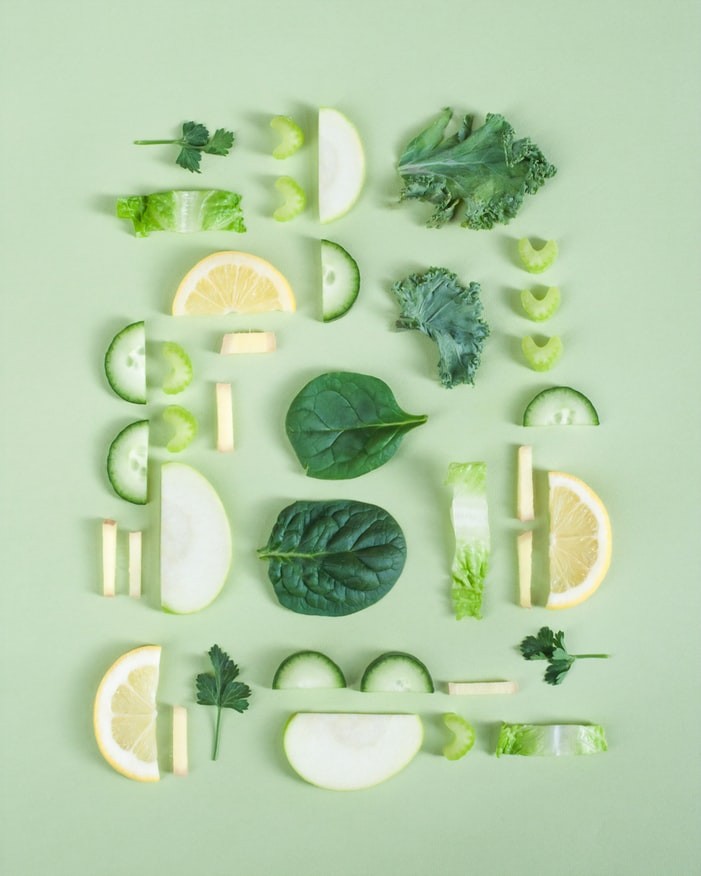
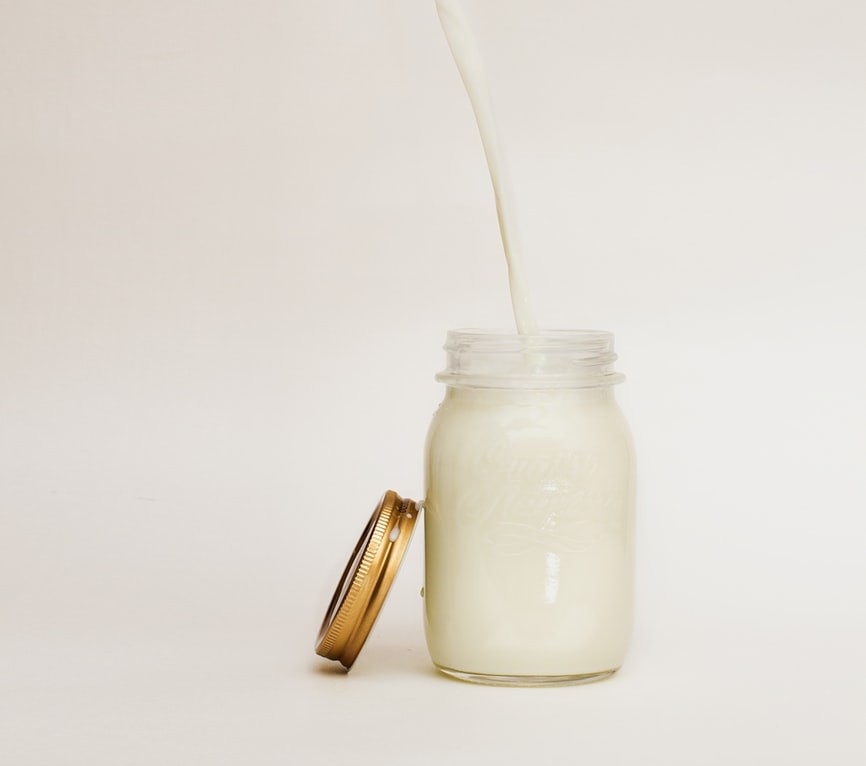

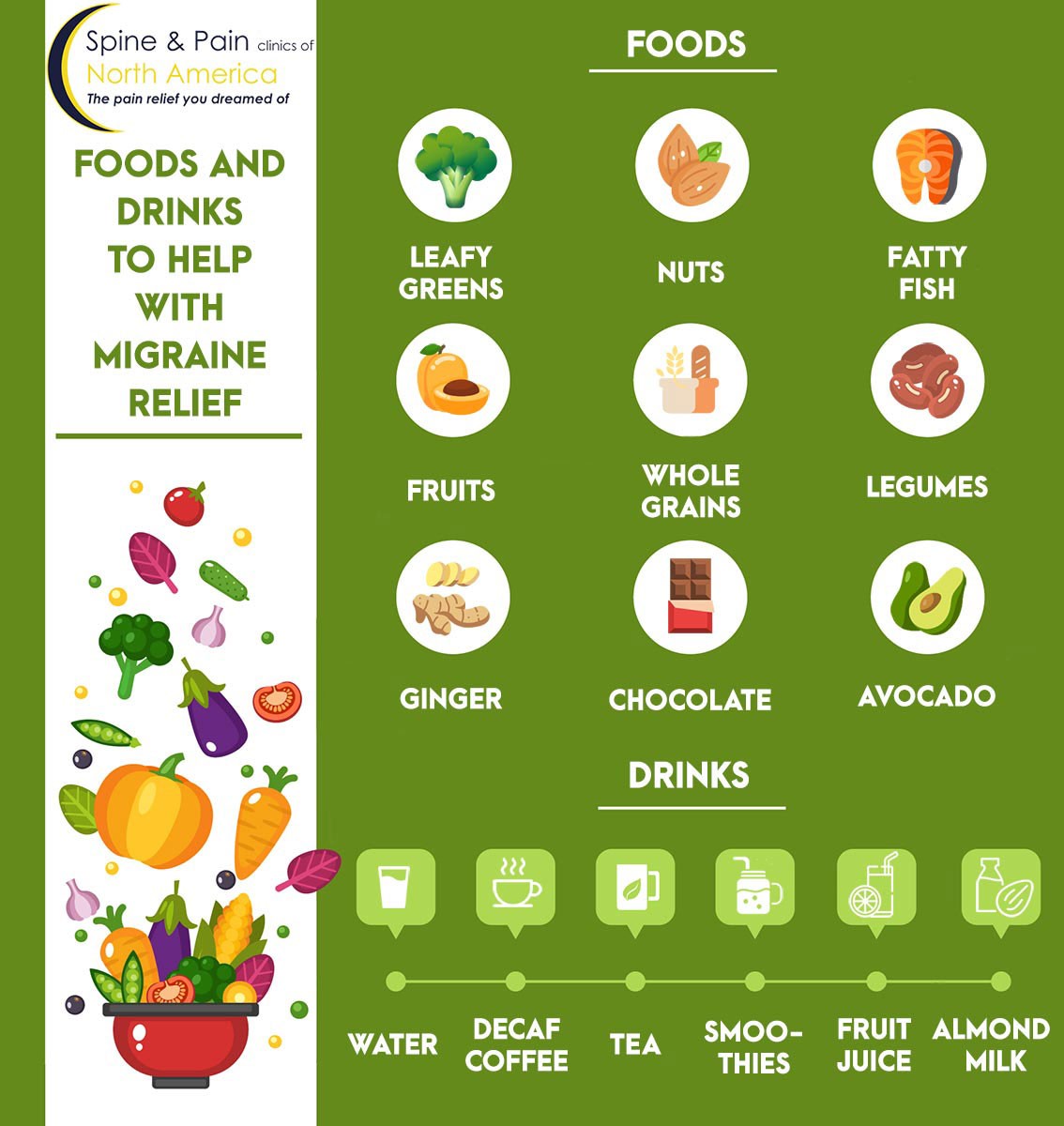
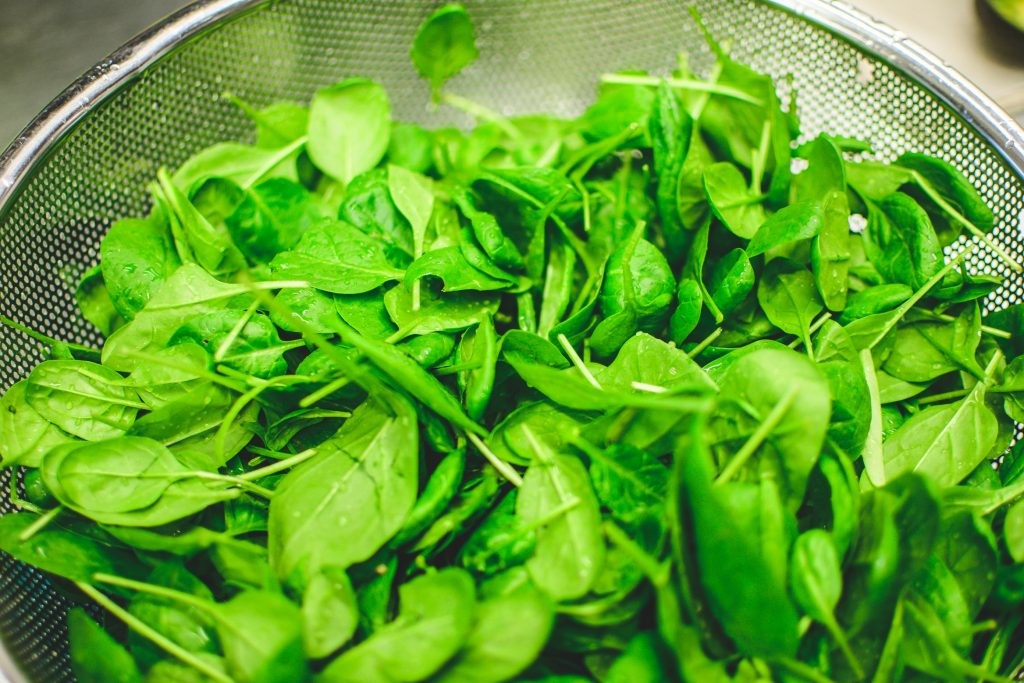
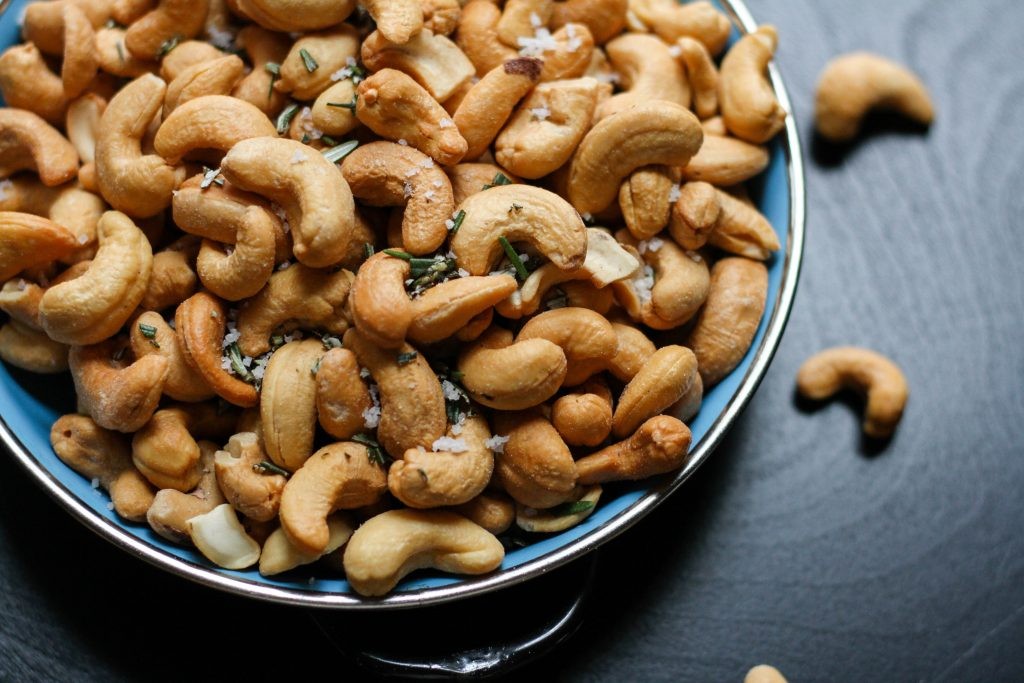
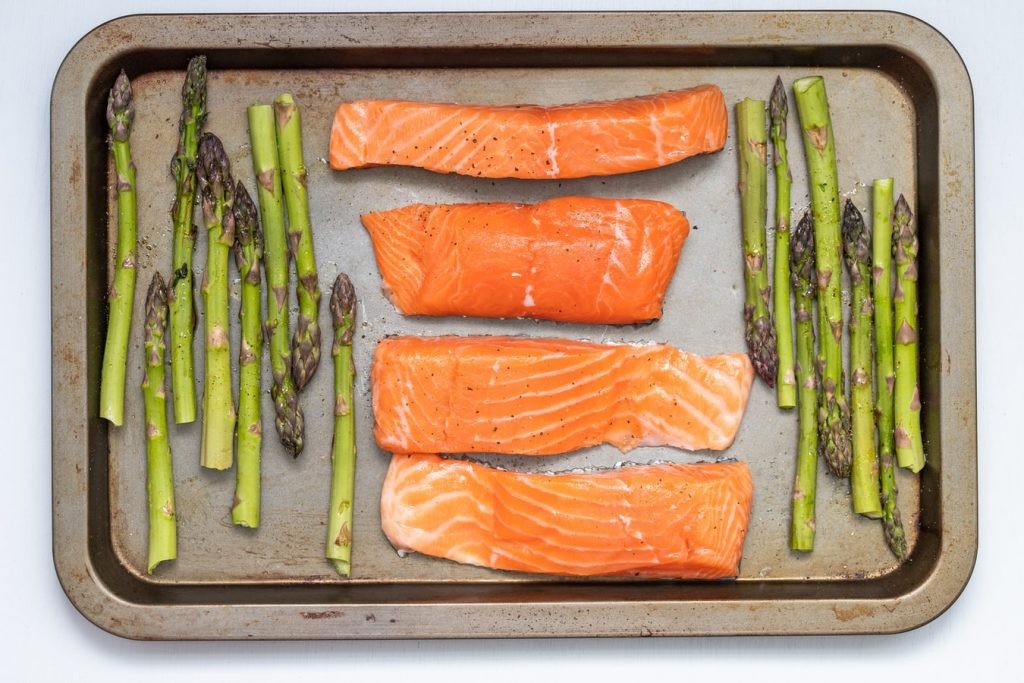
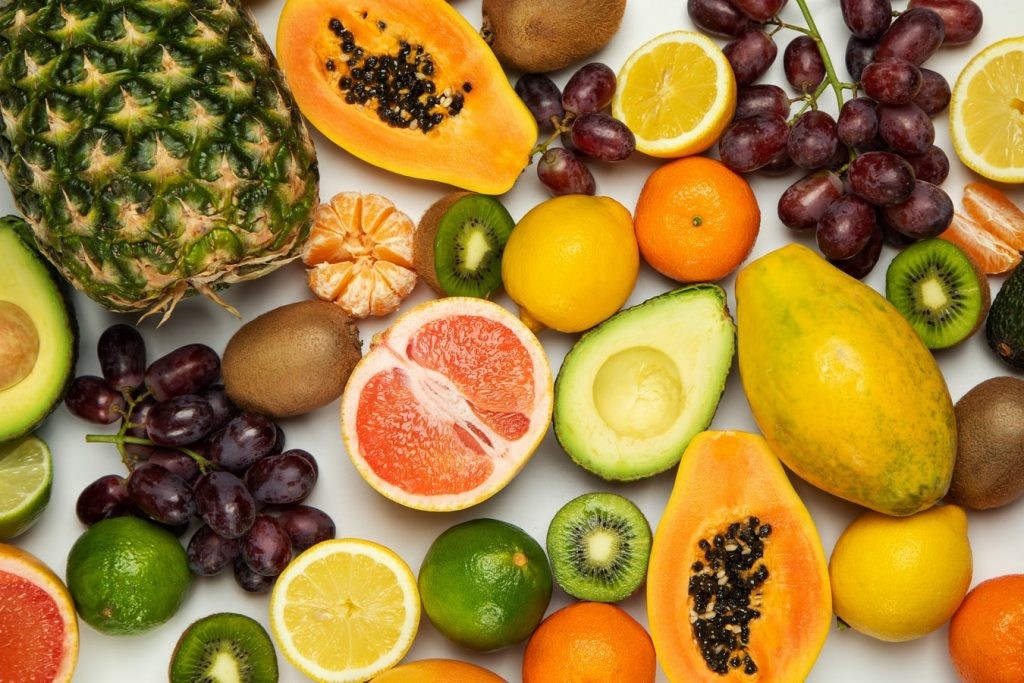
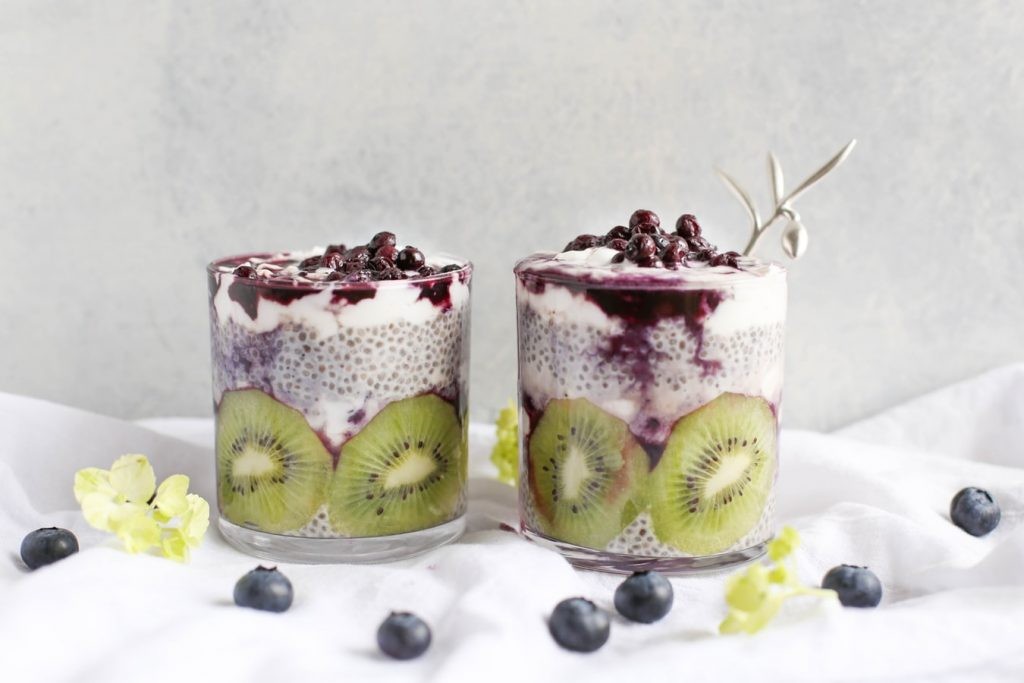
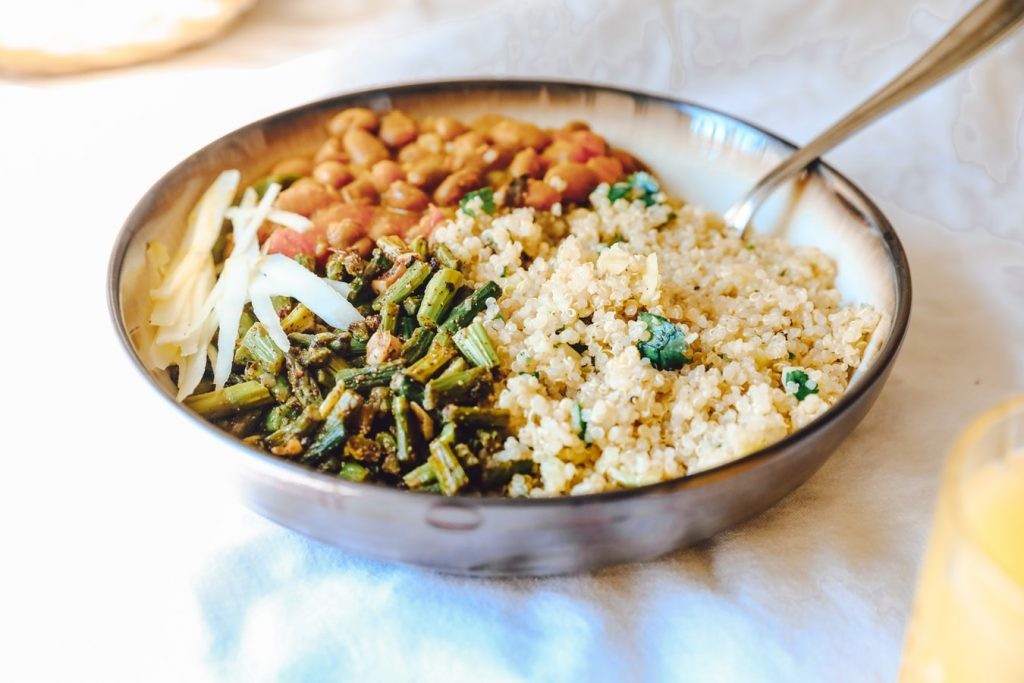
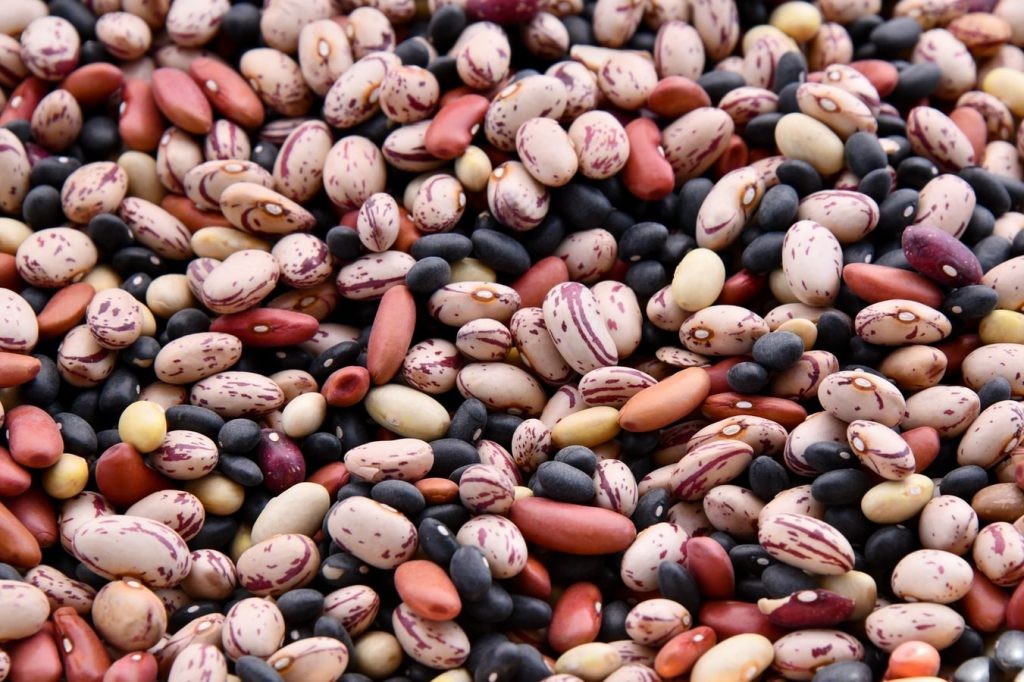
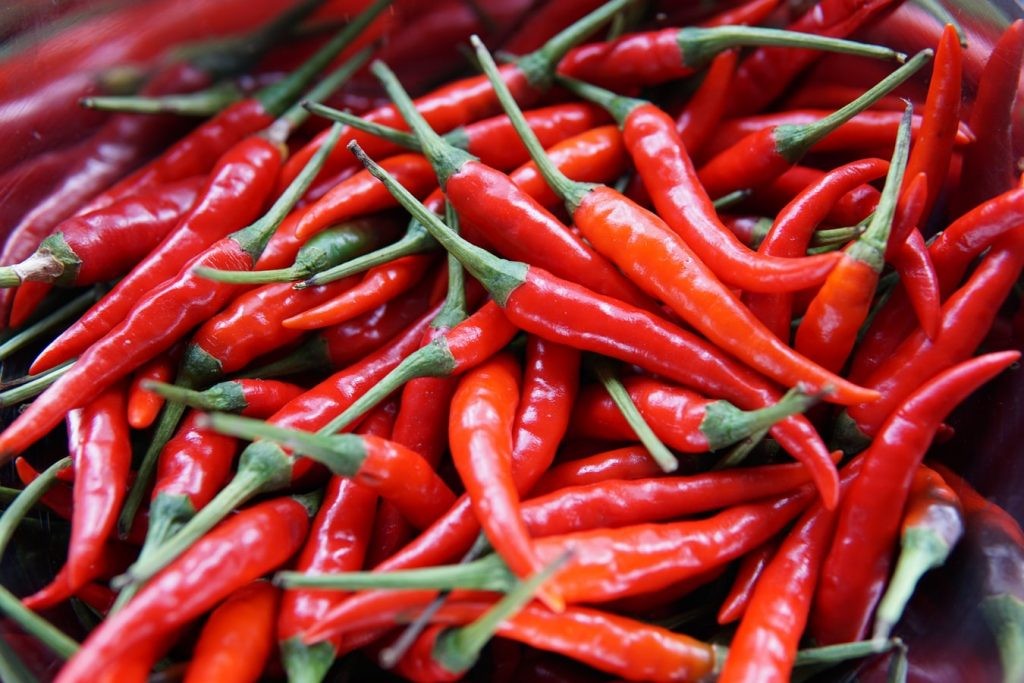
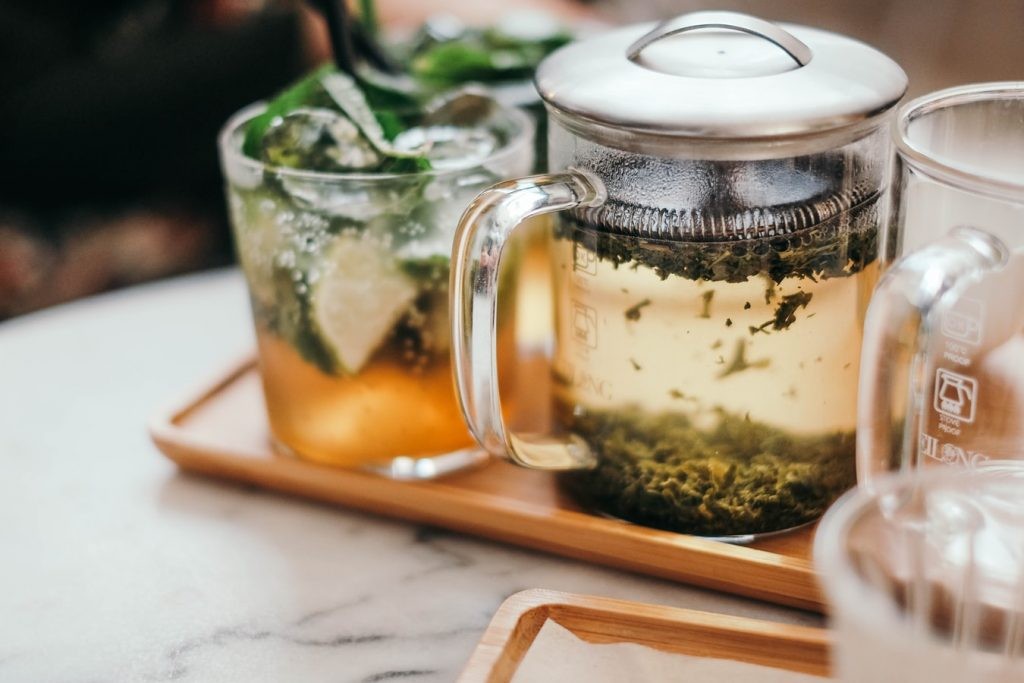
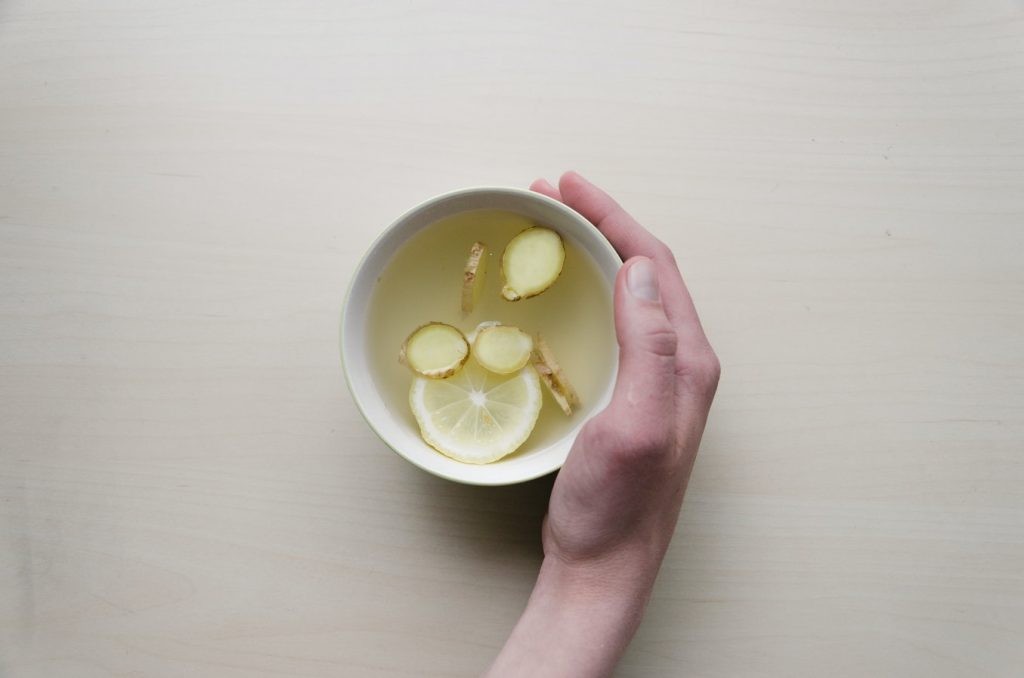
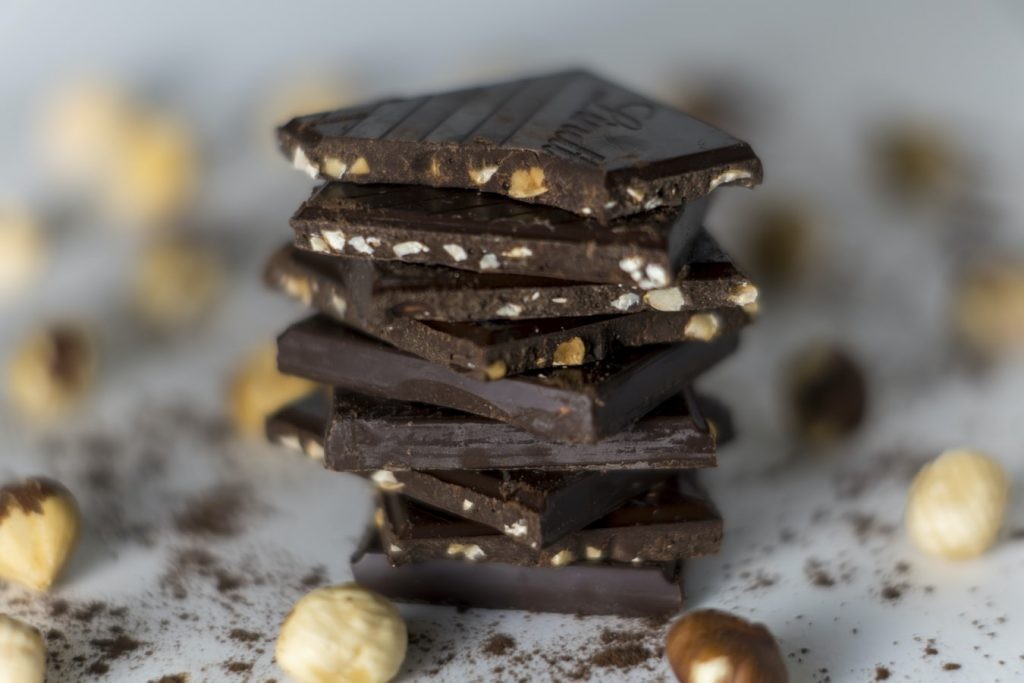
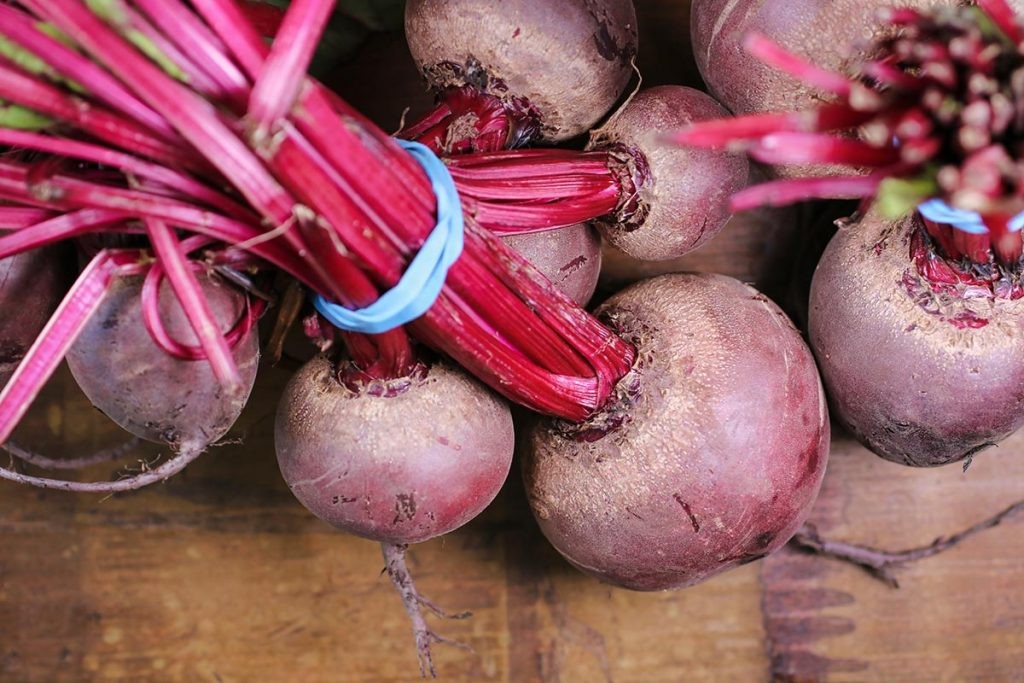
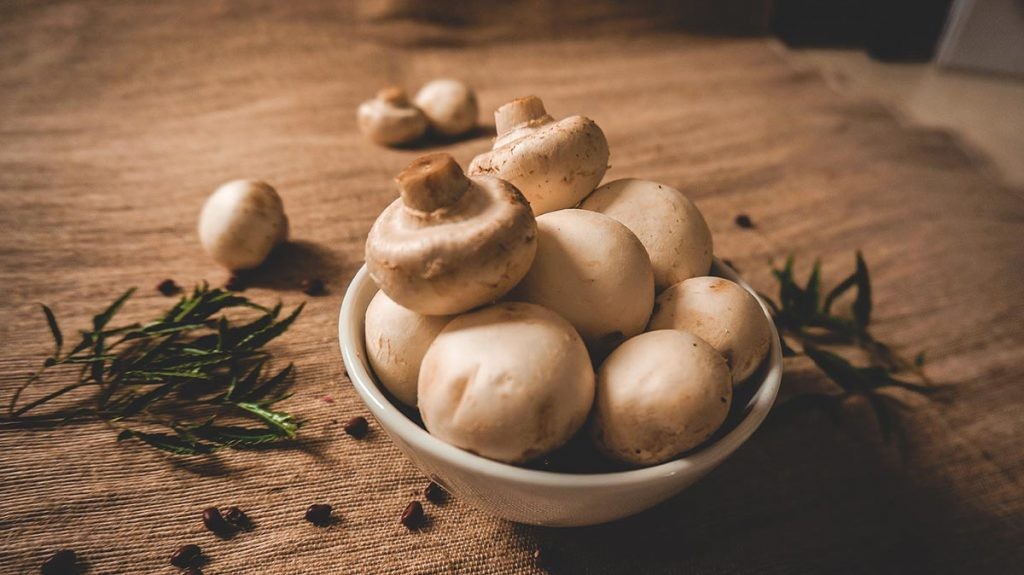
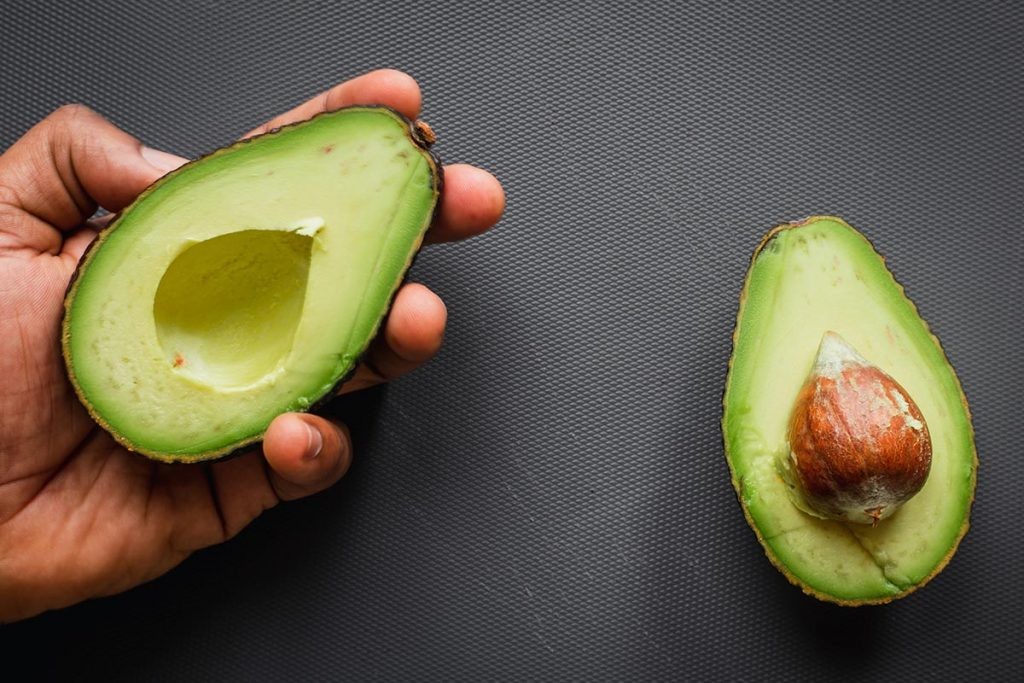
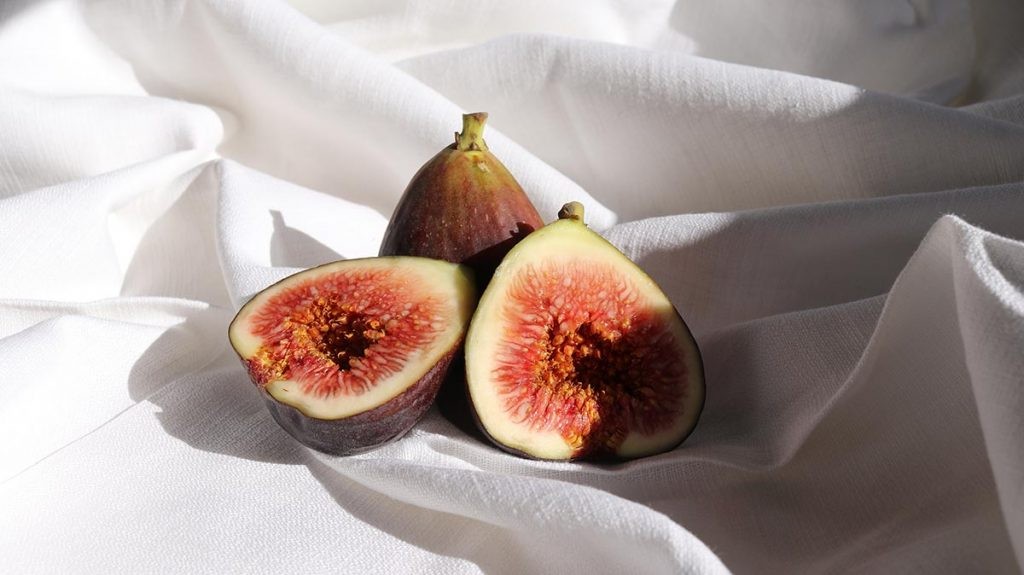
5. What Is the Role of Diet Tracking in Managing Headaches?
Tracking your diet is crucial in identifying patterns and potential triggers for headaches. By keeping a detailed food diary, you can correlate specific foods, beverages, and additives with the onset of headaches. This information can then be used to make informed dietary choices and avoid your personal triggers, leading to fewer and less severe headaches.
Benefits of diet tracking include:
- Identifying Triggers: Pinpointing specific foods or additives that cause headaches.
- Pattern Recognition: Understanding the timing and circumstances surrounding headache occurrences.
- Personalized Diet: Creating a tailored eating plan that minimizes headache triggers.
- Improved Awareness: Enhancing your understanding of how food affects your body.
6. What Foods and Drinks Can Help Alleviate Headache Symptoms?
While avoiding triggers is important, incorporating certain foods and drinks into your diet can also help alleviate headache symptoms. Foods high in magnesium, omega-3 fatty acids, and fiber can reduce the frequency and severity of headaches. Hydrating drinks like water, herbal teas, and smoothies can also provide relief. Making informed dietary choices can be an effective strategy for managing headaches.
7. Are There Drinks That Are Particularly Problematic for Headaches?
Certain drinks are more likely to trigger headaches than others. Dairy products, alcohol, and caffeinated beverages are common culprits. Milk contains casein, which can trigger headaches in some individuals. Alcohol, especially red wine, can lead to dehydration and contain compounds that trigger migraines. Excessive caffeine consumption or withdrawal can also cause headaches. Being mindful of your beverage choices can significantly impact your headache frequency.
8. What Impact Do Dairy Products Have on Headache Development?
Dairy products contain casein, a protein that can trigger headaches in some individuals. Milk, drinks made with milk, and buttermilk have been reported to cause headaches. However, the effect of dairy varies from person to person. Some individuals find that whole milk helps relieve headaches due to its electrolyte and protein content. Keeping track of your body’s response to dairy is essential.
9. How Does Alcohol Consumption Relate to Headache Occurrence?
Alcohol consumption is often linked to headaches due to its effects on brain chemicals and blood vessels. Alcohol can cause dehydration, which exacerbates headache symptoms. Red and white wines, in particular, contain alcohol, tannins, and sugar, creating a perfect mix for triggering headaches. Champagne can also cause dehydration and painful headaches due to its carbonation.
10. How Do Caffeinated Drinks Affect Headaches?
Caffeine is found in many beverages, including coffee, tea, and soft drinks. It is also present in chocolate, ice cream, and some breakfast cereals. While small amounts of caffeine can sometimes relieve headaches by constricting blood vessels, excessive consumption or withdrawal can trigger headaches. If you are prone to migraines, be mindful of your caffeine intake.
11. What Drinks Can Help Provide Migraine Relief?
While some drinks can trigger headaches, others can provide relief. Decaffeinated coffee, green tea, peppermint tea, ginger tea, and water are all excellent choices for alleviating migraine symptoms. These beverages help hydrate the body, reduce inflammation, and provide soothing effects.
11.1. Why Choose Decaffeinated Coffee for Headache Relief?
Decaffeinated coffee contains only a fraction of the caffeine found in regular coffee. Caffeine affects adenosine levels in the brain, and withdrawal can trigger headaches. Decaffeinated coffee allows you to enjoy the comforting ritual of a warm beverage without the potential negative effects of caffeine.
11.2. What Are the Benefits of Green Tea for Migraine Sufferers?
Green tea is rich in antioxidants and contains a smaller amount of caffeine compared to coffee. The catechins in green tea provide anti-inflammatory benefits, which can help reduce migraine symptoms. A cup of green tea contains approximately 30-40 mg of caffeine and 50-100 mg of catechins.
11.3. How Can Peppermint Tea Help with Headache Relief?
Peppermint tea is caffeine-free and high in antioxidants. Its soothing scent helps reduce stress and anxiety, which can contribute to migraine relief. Peppermint oil, when applied to the forehead and temples, has also been shown to reduce tension headaches.
11.4. What Makes Ginger Tea a Good Choice for Alleviating Migraine Symptoms?
Ginger tea can help reduce symptoms often accompanying migraines, such as vomiting and nausea. Ginger has antioxidant, anti-inflammatory, and vasculoprotective effects. It may also reduce the frequency of migraine episodes.
11.5. Why Is Water So Important for Headache Prevention and Relief?
Dehydration is a known trigger for migraines. Staying hydrated is essential for general health and can help prevent headaches. Adult women should aim for 11 cups of water daily, while men should aim for 16 cups. Rehydrating at the first sign of a migraine can help alleviate symptoms.
11.6. How Do Smoothies Contribute to Headache Relief?
Green smoothies, made with dark leafy vegetables, are rich in nutrients that may reduce migraine pain and frequency. Leafy greens contain beta-carotene, magnesium, and B vitamins, all of which have been linked to headache relief.
11.7. Can Fruit Juices Help Alleviate Headache Symptoms?
Certain fruit juices, such as orange juice, grapefruit juice, and grape juice, contain high amounts of magnesium. Drinking 100% juice products with natural sugar can provide a healthy dose of nutrients that may help alleviate headache symptoms.
12. How Do Food and Drink Additives Affect Headache Development?
Many processed foods and drinks contain additives like flavorings, preservatives, and sugar substitutes. These chemicals, including artificial sweeteners like aspartame and monosodium glutamate (MSG), can trigger headaches. Being mindful of the additives in your diet is essential for managing headaches.
13. What Are the Most Common Food and Drink Additives That Trigger Headaches?
Common food and drink additives that trigger headaches include:
- Monosodium Glutamate (MSG): Found in soy sauce, packaged foods, and meat tenderizers.
- Aspartame: An artificial sweetener used in diet products.
- Phenylalanine: An amino acid added to some foods and drinks.
- Nitrites: Preservatives used in processed meats.
- Sulfites: Used to preserve dried fruits and wine.
14. What Foods Are Recommended for Headache Relief?
Certain foods are particularly beneficial for headache relief due to their nutritional content. Magnesium-rich foods, omega-3 fatty acids, and fiber-rich foods can help reduce the frequency and severity of headaches. Incorporating these foods into your diet can be an effective strategy for managing headaches.
14.1. What Are the Benefits of Magnesium-Rich Foods for Headache Relief?
Magnesium-rich foods may help lower the odds of developing a migraine. Magnesium supplementation may also reduce the frequency of migraine attacks. Good sources of magnesium include dark leafy greens, avocados, bananas, tuna, almonds, cashews, whole grains, and black beans.
14.2. How Do Omega-3 Fatty Acids Contribute to Headache Management?
Long-chain omega-3 polyunsaturated fatty acids, known as “healthy fats,” have been found to reduce or prevent severe headaches or migraines. Foods high in omega-3 fatty acids include mackerel, salmon, cod liver oil, herring, oysters, sardines, flaxseed, chia seeds, walnuts, and soybeans.
14.3. What Role Do Fiber-Rich Foods Play in Headache Relief?
Eating fiber-rich foods may decrease the frequency of migraines or severe headaches. For every 10 grams of fiber increased in the daily diet, the prevalence of migraines or severe headaches decreased by 11%. These types of foods include whole grains, lentils, peas, beans, fruits, and vegetables.
14.4. Why Is Water Considered a Key Food for Headache Relief?
Dehydration has been connected to headache development and may worsen a migraine or other type of headache. Improving the body’s water balance may improve many of the contributors to migraines, like stress and sleep disturbance.
14.5. How Does a Whole-Foods Diet Benefit Headache Sufferers?
Adopting a whole-food, plant-based diet has been found to reduce the frequency of headaches or even prevent them. This diet includes dark green leafy vegetables, fresh fruits and vegetables, legumes, whole grains, nuts, and seeds. Many of these foods are anti-inflammatories, which may have a role in reducing migraine experiences.
15. Can Specific Foods Provide Instant Headache Relief?
While instant migraine relief is difficult, some foods like ginger and nuts can work rapidly. Following are some foods that fight migraines, tension headaches, cluster headaches, caffeine headaches, and headaches in general.
15.1. Why Are Leafy Greens Good for Headache Relief?
Leafy greens contain various elements that contribute to headache relief. For example, research has shown that taking magnesium can reduce migraine pain because many migraine sufferers have low magnesium levels. Leafy greens such as kale, spinach, collard greens, turnip greens, and broccoli contain all these elements and other anti-inflammatory antioxidants.
15.2. How Do Nuts Help Alleviate Headache Symptoms?
Nuts are rich in magnesium, which soothes headache pain by relaxing blood vessels. They also contain a significant amount of vitamin E, which research has shown can help control migraines with aura and triggered by hormonal fluctuations. For some people experiencing a headache, immediate relief is found by eating a handful of almonds or other nuts.
15.3. Why Is Fatty Fish Recommended for Headache Sufferers?
Fatty fish is rich in omega-3 fatty acids EPA and DHA, which are anti-inflammatory foods. They contain B vitamins, including riboflavin (B2), which has been shown to help manage migraine attacks. Research also found that salmon contains coenzyme Q10 and vitamin D, relieving migraines.
15.4. How Can Fruits Contribute to Headache Relief?
Some fruits are rich in magnesium and potassium. Research continues, but some studies suggest potassium may help alleviate migraine pain by contributing to healthier nerve functioning. Bananas are good for headaches because they deliver a dose of potassium, magnesium, B vitamins, and complex carbohydrates, all of which contribute to reducing headache pain. If a headache is due to dehydration, high-water-content fruits can combat headache pain.
15.5. What Are the Benefits of Seeds for Headache Relief?
Seeds contain omega-3 fatty acids, which fight inflammation. They also contain significant amounts of magnesium, which may help prevent blood vessel spasms. Medical research continues to explore blood vessel spasms due to constricted blood vessels as a possible migraine trigger.
15.6. How Do Whole Grains Help Alleviate Headache Symptoms?
Whole grains contain complex carbohydrates, and they work to increase glycogen stores in the brain. They help relieve headache pain because low blood sugar (hypoglycemia) can trigger headaches. One study found a correlation between iron deficiency anemia and migraines in women. Whole grains provide a wealth of nutrients including vitamin E, B, iron, coenzyme Q10, magnesium, and fiber.
15.7. Why Are Legumes Recommended for Headache Sufferers?
Legumes contain protein and fiber that help maintain blood sugar levels, as well as magnesium and potassium, which relieve blood vessel constrictions. They also supply coenzyme Q10, which, according to a study, may reduce the number of days a migraine lasts. All of these nutrients can help relieve headache pain.
15.8. How Can Hot Peppers Contribute to Headache Relief?
Hot peppers contain capsaicin, which numbs the brain’s trigeminal nerve and inhibits the neurotransmitter responsible for causing migraine pain. They may also relieve cluster, tension, and other headaches. Besides, eating hot peppers can help open up clogged sinuses, causing a sinus headache. Hot peppers also contain vitamins C, A, B, and E.
15.9. How Can a Small Amount of Coffee or Tea Help with Headaches?
One or two cups of coffee or tea each day may provide headache relief, especially if the headache is triggered by a lack of caffeine. Caffeine can decrease the size of blood vessels, enabling better blood flow. The key is to find a balance and not consume too much caffeine, as too much caffeine can trigger a headache.
15.10. Why Is Ginger Recommended for Headache Relief?
Ginger contains a natural oil with chemical compounds essential to helping headache sufferers find relief. It increases the chemical messenger serotonin, and that reduces inflammation. A medical research study on ginger powder found it significantly decreased headache severity in patients with acute migraines without aura.
15.11. How Can Chocolate Help Alleviate Headache Symptoms?
Dark chocolate, at least 70 percent cacao, contains a high amount of magnesium and riboflavin. Both nutrients help manage migraines by assisting with the relaxation of blood vessels. A medical study also found that people who intake a higher amount of tryptophan (a serotonin precursor) daily reduced their odds of developing a migraine by 54-60 percent. Chocolate contains tryptophan and serotonin.
15.12. What Benefits Do Beets Offer for Headache Sufferers?
Beets are rich in nutrients like manganese, potassium, vitamin C, and folic acid. Studies showed that migraine patients who consumed 2 mg of folic acid, along with vitamins B12 and B6, experienced better results in reducing their migraine symptoms compared to those who received only 1 mg of folic acid with the same vitamins.
15.13. How Do Mushrooms Contribute to Headache Relief?
Mushrooms may help with migraines and headaches due to their potential anti-inflammatory and antioxidant properties. Some studies suggested that certain compounds found in mushrooms, such as ergothioneine and antioxidants, may have neuroprotective effects and help alleviate inflammation in the brain.
15.14. What Makes Avocado a Good Choice for Headache Relief?
Avocados are rich in magnesium, which has been associated with a potential reduction in the occurrence and severity of migraines and headaches. Including avocado as part of a balanced diet may contribute to maintaining adequate magnesium levels.
15.15. How Can Figs Help Prevent Migraines?
Figs have been suggested to potentially help prevent migraines as they contain potassium, which has anti-inflammatory properties. Adequate potassium levels may reduce inflammation, a potential trigger for migraines.
15.16. Which Foods Are Generally Safe During a Headache Period?
The Physicians Committee for Responsible Medicine’s general recommendation is to eat foods generally known to not contribute to headaches in most people. A simple diet during the headache period can often bring relief with brown rice, well-cooked green, orange, and yellow vegetables, i.e., squash, carrots, spinach, etc., and dried or cooked non-citrus fruits, like cherries and cranberries.
16. How Can I Eliminate Headache-Causing Foods and Drinks from My Diet?
Since each person is different in terms of which foods and drinks cause and relieve headaches, it takes special diet attention to determine what triggers headaches and what helps relieve headache pain. It may be possible to link certain foods to headaches and eliminate them from the diet or link them to headache relief and add them to the diet.
17. What Lifestyle Changes Can Help Manage Headaches?
Developing a healthy lifestyle is crucial to headache management. You should not rely only on medications for relief. Many headaches are caused by stress and tension, so address the stress factors in your life. Eat a healthy, well-balanced diet. Limit alcohol intake. Do not skip meals. Drink lots of water every day. Get regular good sleep. Exercise regularly. These are behaviors that anyone can control and will go a long way toward preventing headaches and/or minimizing headache pain.
18. Frequently Asked Questions (FAQs) About Foods That Cure Headaches
18.1. Can certain foods really cure headaches?
While no single food can “cure” headaches, certain foods can help manage symptoms and reduce frequency due to their anti-inflammatory properties and essential nutrients.
18.2. What is the best diet for preventing migraines?
A diet rich in magnesium, omega-3 fatty acids, and fiber, such as leafy greens, fatty fish, and whole grains, can help prevent migraines.
18.3. Are there any specific fruits that help with headaches?
Yes, fruits like bananas, avocados, and figs are high in magnesium and potassium, which can help alleviate headache pain.
18.4. How does dehydration contribute to headaches, and what can I drink?
Dehydration can trigger headaches, so drinking plenty of water, herbal teas, and fruit juices is essential for prevention and relief.
18.5. What are some common food additives I should avoid to prevent headaches?
Common additives to avoid include MSG, aspartame, nitrites, and sulfites, often found in processed foods and drinks.
18.6. Can caffeine help or hurt when it comes to headaches?
Small amounts of caffeine can sometimes relieve headaches by constricting blood vessels, but excessive consumption or withdrawal can trigger headaches.
18.7. How can tracking my diet help with managing headaches?
Tracking your diet helps identify patterns and potential triggers, allowing you to make informed dietary choices and avoid headache-inducing foods.
18.8. What lifestyle changes can complement dietary changes in managing headaches?
Lifestyle changes such as managing stress, getting regular sleep, and exercising regularly can complement dietary changes in preventing and minimizing headache pain.
18.9. Are there any specific teas that are good for headache relief?
Yes, green tea, peppermint tea, and ginger tea are excellent choices for alleviating migraine symptoms due to their anti-inflammatory and soothing properties.
18.10. How quickly can dietary changes make a difference in headache frequency and severity?
The impact of dietary changes can vary from person to person, but many individuals experience noticeable improvements in headache frequency and severity within a few weeks of making consistent dietary adjustments.
Are you ready to take control of your health and explore the world of culinary wellness? Visit FOODS.EDU.VN today for more insightful articles, expert tips, and delicious recipes that will transform your relationship with food and well-being. Discover a treasure trove of knowledge and practical guidance, all designed to help you live your best life, one delicious and nutritious bite at a time. Contact us at 1946 Campus Dr, Hyde Park, NY 12538, United States, or reach out via Whatsapp at +1 845-452-9600. Your journey to a healthier, happier you starts at foods.edu.vn!